How to Reduce Microplastics in Your Everyday Life
To effectively reduce microplastics in your everyday life, begin by embracing simple changes to minimize their prevalence in your home and surroundings. Consider switching to a plastic-free lifestyle by opting for reusable bags, glass or stainless steel containers, and natural fiber clothing to lessen your dependency on plastic items. Focus on how to avoid microplastics in your diet by selecting fresh, unpackaged produce and using water filters that target microplastic removal. Reduce household cleaning products containing microbeads by choosing eco-friendly, chemical-free alternatives. Implement these sustainable practices gradually, making a conscious effort to limit your plastic footprint and promote environmental health and well-being.

Understanding Microplastics and Their Impact
Microplastics, tiny fragments of plastic debris less than five millimeters in size, are pervasive in our environment. You encounter them through various sources, including synthetic clothing fibers, degraded packaging, cosmetic products, even in your favorite cup of coffee. In your quest to embrace a plastic-free lifestyle, understanding these origins is crucial. Microplastics infiltrate ecosystems, posing risks to wildlife and potentially disrupting food chains.
Their impact on human health remains a growing concern as they enter our bodies through air, water, and food. Research suggests potential links to inflammation and other health issues. By actively seeking how to avoid microplastics, you contribute to reducing your exposure and safeguarding your well-being. Engaging in sustainable practices lessens these risks.
In the coming years, microplastic pollution is expected to increase due to the rising production and consumption of plastic materials. As awareness of this issue grows, advancements in technology and policy changes aim to mitigate its effects. You can play a role in this transformation by raising awareness among your community and advocating for environmentally friendly policies.
The journey to understanding microplastics is a continuous learning process. Stay informed about new research findings and strategies to minimize their impact. By doing so, you empower yourself and others to make more informed choices, promoting a healthier planet for future generations.
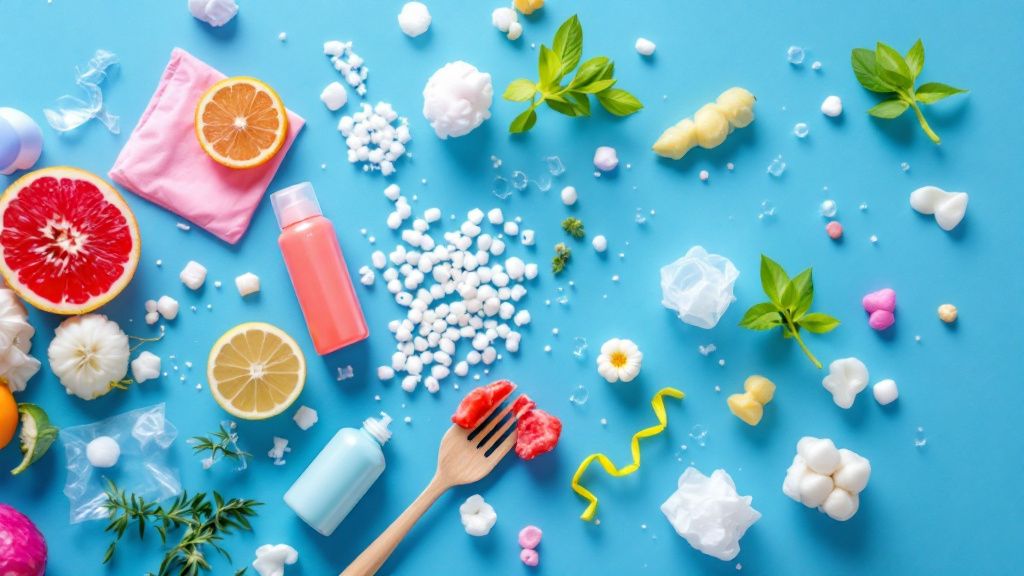
Shopping Smart to Avoid Microplastics
When you embark on shopping trips, being mindful of product choices can significantly reduce microplastic exposure. Start by focusing on packaging. Opt for products with minimal or biodegradable packaging, favoring materials like cardboard or glass over plastic. This shift not only aligns with a plastic-free lifestyle but also supports sustainable practices in the marketplace, encouraging companies to rethink their packaging options for the better.
At Ratio Coffee, we design our machines with precision and purpose, using only top-grade parts and zero microplastics for a safer brew.
When shopping for clothing, prioritize garments made from natural fibers like cotton, wool, or hemp instead of synthetic materials such as polyester or nylon. Synthetic fabrics shed microfibers with each wash, contributing to microplastic pollution. Choosing natural fibers helps in minimizing this release, making your wardrobe choices both eco-conscious and stylish while advancing your understanding of how to avoid microplastics.
Pay attention to personal care products, too. Many cosmetics and skincare items contain microbeads, which eventually wash down the drain and into water systems. Look for products labeled as microbead-free or those made from natural ingredients. This conscious decision further diminishes microplastic pollution, fostering an environmentally responsible beauty routine.
One unpopular opinion about tackling microplastic pollution is that consumers should bear the primary responsibility for change and adaptation, instead of placing the onus on manufacturers. While industry-wide shifts are essential, personal choices indeed play a pivotal role. By being proactive in your shopping habits, you contribute significantly to reducing microplastic prevalence.
As you refine your shopping habits, incorporating reusable bags and containers can also help avoid the constant cycle of disposable plastics. This continuous commitment to smart purchasing supports a more sustainable future and empowers you to lead by example. Making informed decisions in your purchasing journey substantially impacts both personal health and the environment.

Reducing Microplastics in the Kitchen
To minimize microplastic presence in your kitchen, focus on replacing plastic items with sustainable alternatives. Swap plastic cutting boards and utensils for those made of wood or bamboo. These natural materials not only reduce microplastic particles but also add a touch of elegance to your kitchen space. Embracing this shift is a step towards a plastic-free lifestyle, enhancing both aesthetic and eco-friendly aspects of your home.
The storage of food presents another opportunity to limit microplastics. Consider using glass or stainless steel containers instead of plastic ones. These alternatives avoid leaching microplastics into your food, particularly when exposed to heat. This practice protects your health and supports your commitment to learning how to avoid microplastics.
According to recent studies, dishwashing cycles can release microplastics from synthetics used in some kitchen items. Understanding this phenomenon, seek dishcloths and dish brushes made from natural fibers. This reduces the microplastics entering wastewater during washing and aligns with sustainable kitchen practices.
Making a conscious effort to purchase fresh, unpackaged produce can also alleviate microplastic concerns. By minimizing packaged items, you ensure that fewer microplastics enter your home environment. These choices collectively foster a healthier kitchen and contribute significantly to the broader effort of microplastic reduction.
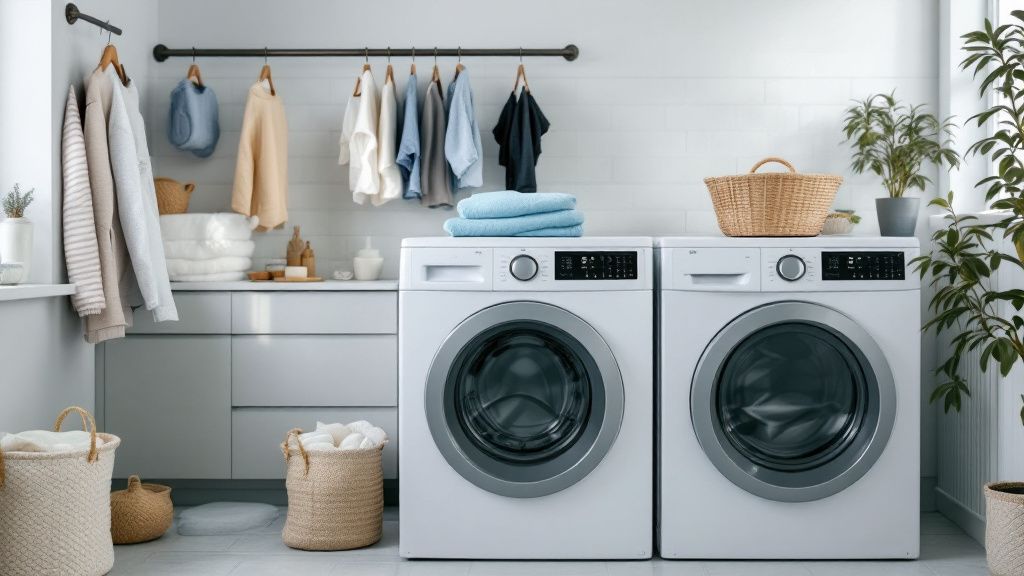
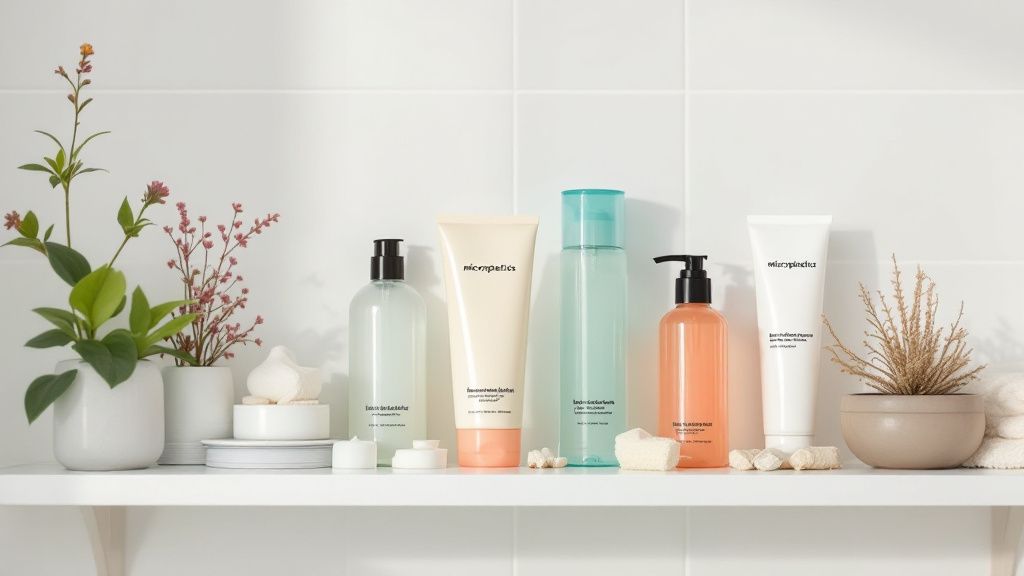
Personal Care Products and Microplastics
Personal care products often harbor microplastics in the form of microbeads used for exfoliation. These tiny particles easily wash away into waterways. Transitioning to products with natural exfoliants like oatmeal or sugar supports a plastic-free lifestyle. Paying attention to ingredient labels ensures you avoid products labeled with polyethylene or polypropylene, common indicators of microplastics.
On one hand, some proponents argue that synthetic exfoliants offer effective results and a smoother skin experience, while environmentally conscious consumers believe natural alternatives provide similar benefits without harming ecosystems. This contrasting perspective highlights the ongoing debate within the beauty industry as consumers demand sustainable options.
Haircare products present another area for microplastic reduction. Many shampoos and conditioners contain polymers for texture and consistency. Switching to solid shampoo bars or brands emphasizing biodegradable ingredients significantly cuts down the presence of microplastics in your routine, aligning with efforts to maintain eco-friendly personal care habits.
Toothpaste containing microbeads also contribute to microplastic pollution. Opt for natural toothpaste brands that use baking soda or charcoal as alternatives for effective dental care. By reconsidering your personal care choices, you minimize microplastic pollution and promote healthier practices, showing how to avoid microplastics in simple yet impactful ways.
 Ratio Eight S2
Ratio Eight S2
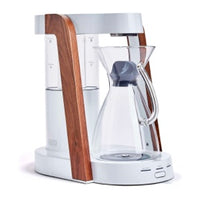 Ratio Eight Original
Ratio Eight Original
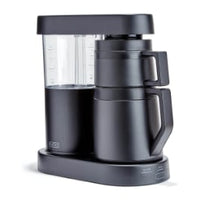 Ratio Six
Ratio Six
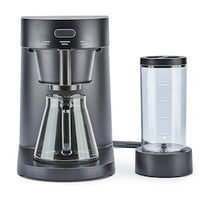 Ratio Four
Ratio Four
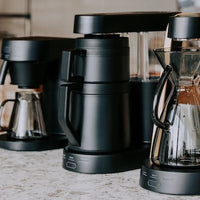 Compare Machines
Compare Machines






